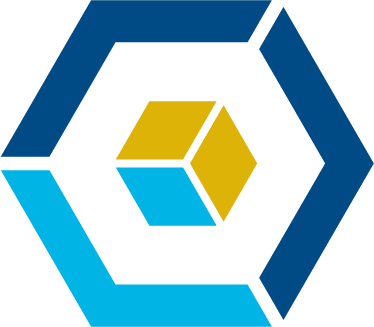QUICK LOOK
- Direct evidence is tangible, observable, and self-explanatory. Collect multiple lines of direct evidence of student learning for each PLO being assessed.
- Indirect evidence adds contextual information about student learning, but alone is insufficient for outcomes assessment.
What data do you need?
Gather direct and indirect evidence of learning
TOOLS & TIPS
When selecting evidence for the current assessment cycle, consider the varied purposes of assessment.
- Assessment-to plan for-learning
- Diagnostic assessment can play a role beyond remediation. For example, a diagnostic assessment conducted at the beginning of a course or program can yield actionable information about students’ prior knowledge. Diagnostic assessment data also provide useful information for students about what they will be expected to know and do at the conclusion.
- Assessment-for-learning
- Formative assessment is an integral part of excellent instruction, because it provides actionable evidence related to students’ progress toward mastery of the learning outcomes during the quarter (or class period). When conducted often, formative assessment provides valuable information to faculty regarding instructional strategies that are producing student learning (or not); formative assessment also provides students with information about their progress in a course. Data collected through formative assessment can provide actionable information at the program level.
- Assessment-of-learning
- Summative assessment provides a snapshot of student learning at a particular point-in-time (usually at the end of a course or program). Data from summative assessment can inform an individual faculty member's planning for the next quarter; these data are useful for program faculty interested in assessing students’ mastery of program learning outcomes at a particular time.
The types of evidence used in learning outcomes assessment are characterized as direct or indirect. To make supportable claims about program effectiveness and student learning, gather and analyze multiple lines of direct evidence. Relevant lines of indirect evidence can complement the primary analysis.
Direct evidence
Direct evidence of student learning is: tangible, observable, and self-explanatory. In other words, direct evidence of learning reveals what students can demonstrate, as well as the degree to which students have moved toward mastery of faculty-identified expectations.
Sources of direct evidence of learning:
Gather from required courses in which students are expected to demonstrate high levels of mastery of program goals for learning
- Student work drawn from culminating / capstone / senior-level courses
- Art exhibitions, Design project presentations, Engineering senior design projects, Scholarly papers)
- Theses
Gather from required courses throughout curriculum
- Constructed-responses from exams or quizzes aligned to specific PLOs
- Open-responses from exams or quizzes aligned to specific PLOs
- Lab reports, problem sets, oral presentations, and / or simulations
- Case study write-ups, lab reports, papers, oral presentations, debates
- Critiques, reviews of journal articles, problem sets, product reviews
Indirect evidence
Provides useful insight and contextual information to support inferences about student learning. Indirect evidence alone is insufficient to support conclusions about or recommendations for program effectiveness or student learning.
Sources of indirect (proxy) evidence of learning:
- Self-reports of students’ perceptions of their own learning (e.g., program exit surveys)
- Program and/or campus data (e.g., Recent Baccalaureate and / or University of California Undergraduate Experience Survey results).

